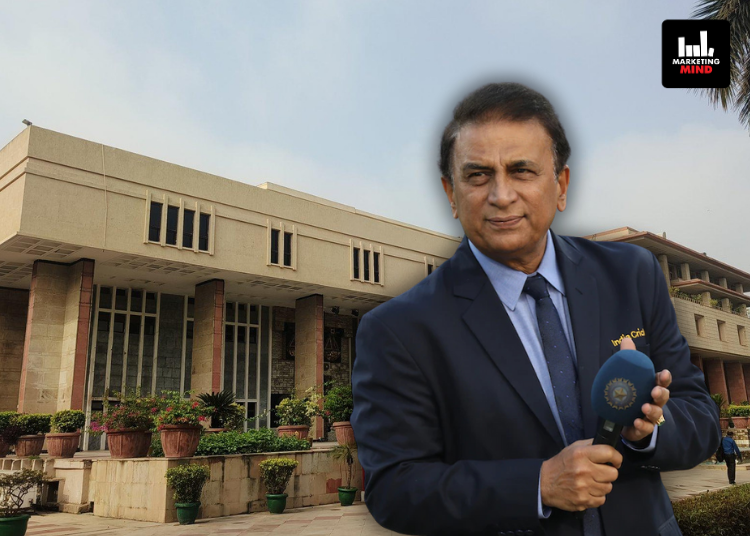A PIL was filed in the Supreme Court, seeking a direction to government to establish an autonomous body responsible for “monitoring and filtering”, content and regulate videos on OTT platforms and other platforms in India.
The PIL also referred to the Netflix series ‘IC 814: The Kandahar Hijack’, emphasising the need for a regulatory mechanism, as the OTT platform claimed the show was based on real-life events, as per reports.
As per the reports, the plea read, “However, (what) the series have shown is a vile attempt to rewrite history, downplay the terror inflicted by the actual hijackers, and subtly glorify their actions…by reducing the tragedy of IC 814 to a farcical narrative, the series tried to promote the insidious agenda that seeks to whitewash the brutality of terrorism and vilify the Hindu community.”
The statement noted that the Central Board of Film Certification (CBFC) is the statutory body responsible for regulating the public exhibition of films, as mandated by the Cinematograph Act. The cinematograph law establishes a rigorous certification process for commercial films exhibited in public venues.
“However, no such body is available to monitor/regulate the OTT contents and they are only bound by the self-regulations which are not complied properly and the controversial contents are shown to the public at large without any checks and balances,” the PIL stated.
The petitioners, having involved the ministries of Information and Broadcasting, Health and Family Welfare, Women and Child Development, Defence, and the Telecom Regulatory Authority of India in their plea, have requested the Supreme Court to instruct the Centre to establish an independent body named the ‘Central Board for Regulation and Monitoring of Online Video Content’ to oversee, filter, and regulate video content across various platforms for viewers in India, as per reports.
The petition proposed that the board should be led by a secretary-level IAS officer and include members from diverse fields such as the film industry, cinematography, media, defense forces, the legal profession, and academia.
















